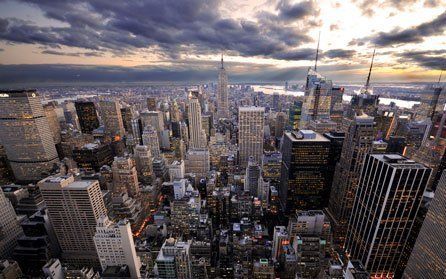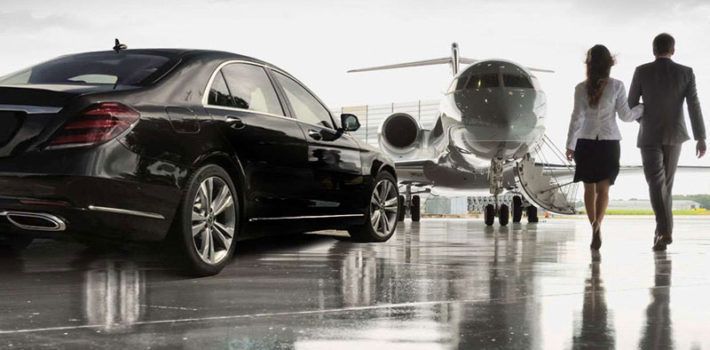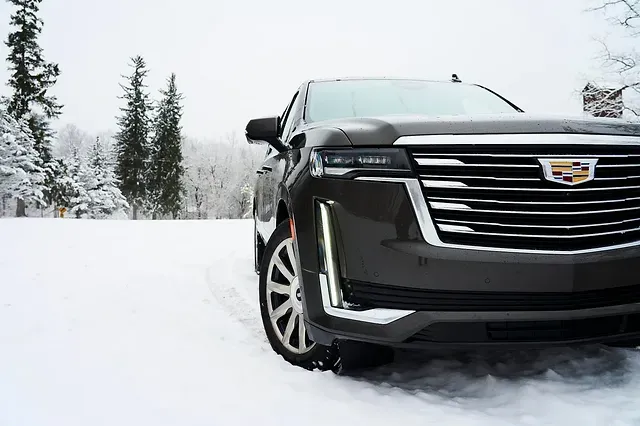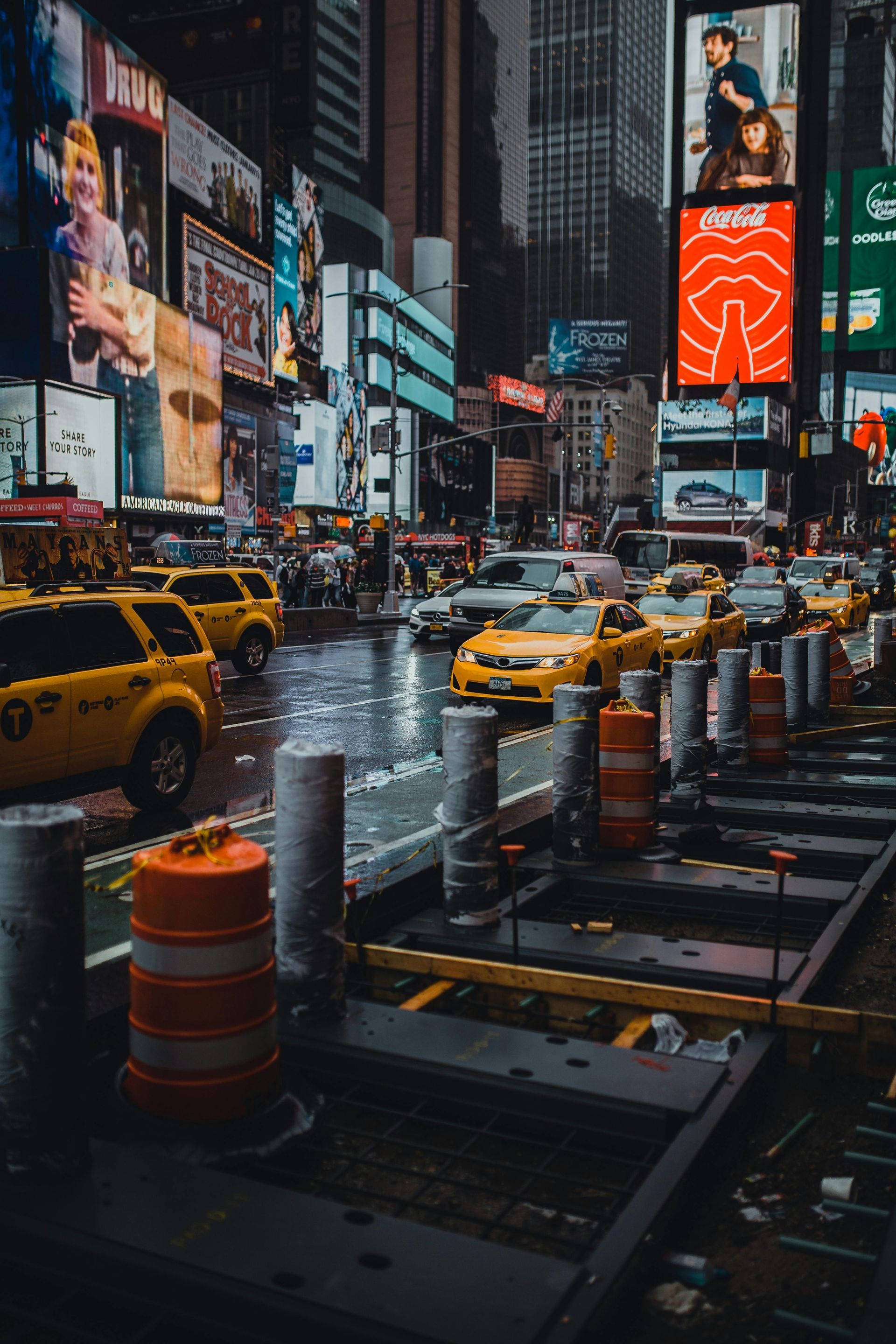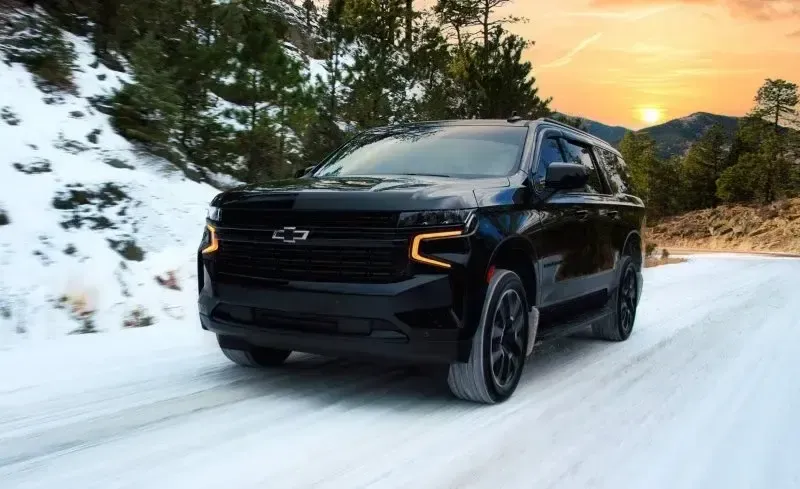In the blog post titled "Navigating SLC: A Visitor's Guide to Salt Lake City," readers will find a comprehensive guide to exploring the charming city of Salt Lake City
Navigating SLC: A Visitor's Guide to Salt Lake City

Navigating SLC: A Visitor's Guide to Salt Lake City
In the blog post titled "Navigating SLC: A Visitor's Guide to Salt Lake City," readers will find a comprehensive guide to exploring the charming city of Salt Lake City. The post begins with an introduction to the city's rich history, including its founding by Mormon pioneers and its role as the capital of Utah. It then delves into the various neighborhoods and districts that make up the city, highlighting their unique characteristics and attractions.
Salt Lake City, often referred to as SLC, is a vibrant city nestled in the heart of the Rocky Mountains. With a population of over 200,000, it is the most populous city in Utah. The city was founded in 1847 by a group of Mormon pioneers led by Brigham Young. Today, it serves as the headquarters of The Church of Jesus Christ of Latter-day Saints and is known for its strong Mormon influence.
Getting to Salt Lake City
Getting to Salt Lake City is easy, thanks to its well-connected transportation infrastructure. Visitors can access the city by plane, car, or train.
- By plane: Salt Lake City International Airport is the main gateway to the city. It is serviced by numerous major airlines and offers direct flights to many domestic and international destinations.
- By car: Salt Lake City is conveniently located along major interstate highways, making it easily accessible by road. Visitors can reach the city by driving on Interstate 15 from the south or north.
- By train: Amtrak operates the California Zephyr route, which connects Salt Lake City to cities such as Chicago, Denver, and San Francisco. The train station is located downtown, making it a convenient option for travelers.
Where to Stay
When it comes to accommodation, Salt Lake City offers a wide range of options to suit every traveler's needs and preferences.
- Downtown hotels: For those who prefer to stay in the heart of the city, there are numerous hotels located in downtown Salt Lake City. These hotels offer convenient access to popular attractions, restaurants, and entertainment venues.
- Resort areas: Salt Lake City is surrounded by breathtaking mountain ranges, and there are several world-class ski resorts located just a short drive away. These resorts offer luxurious accommodation options and easy access to outdoor activities.
- Bed and breakfasts: For a more cozy and intimate experience, visitors can choose to stay in one of Salt Lake City's charming bed and breakfasts. These accommodations provide a home-away-from-home atmosphere and often include delicious homemade breakfast.
Exploring the City
Salt Lake City is a city of diverse neighborhoods and districts, each with its own unique charm and attractions.
- Temple Square: Located in downtown Salt Lake City, Temple Square is the spiritual heart of the city. It is home to the iconic Salt Lake Temple, as well as several other historic buildings and beautifully landscaped gardens. Visitors can take guided tours and learn about the history and significance of this religious site.
- City Creek Center: Shopaholics will love exploring City Creek Center, a premier shopping destination located downtown. With over 100 stores, including high-end brands and popular retailers, it offers a wide range of shopping opportunities. The center also features a retractable roof, a creek, and stunning architecture, creating a unique and enjoyable shopping experience.
- Liberty Park: Spanning over 80 acres, Liberty Park is Salt Lake City's oldest and most popular park. It offers a variety of recreational activities, including jogging and biking paths, picnic areas, playgrounds, and sports courts. The park is also home to Tracy Aviary, where visitors can admire a diverse collection of bird species.
Outdoor Activities
One of the biggest draws of Salt Lake City is its proximity to stunning natural landscapes, offering a wide range of outdoor activities.
- Hiking and biking: The nearby Wasatch Mountains provide endless opportunities for hiking and biking. With numerous trails of varying difficulty levels, outdoor enthusiasts of all skill levels can enjoy breathtaking views and connect with nature.
- Skiing and snowboarding: Salt Lake City is famous for its world-class ski resorts. Visitors can hit the slopes and indulge in winter sports at resorts such as Snowbird, Alta, and Park City Mountain Resort.
- River rafting: For those seeking adventure on the water, Salt Lake City offers thrilling river rafting opportunities on the nearby Weber and Provo Rivers. Experienced guides lead exhilarating rafting trips, allowing visitors to admire the stunning scenery while navigating through rapids.
Cultural Attractions
Salt Lake City boasts a vibrant arts and culture scene, with numerous museums, galleries, and performing arts venues.
- Utah Museum of Fine Arts: Located on the University of Utah campus, the Utah Museum of Fine Arts houses an impressive collection of artworks from various periods and cultures. Visitors can explore ancient artifacts, European masterpieces, and contemporary artworks.
- Natural History Museum of Utah: This museum is dedicated to showcasing the natural history of the region. It features interactive exhibits, dinosaur fossils, and stunning geological displays. Visitors can learn about the unique ecosystems that exist in Utah and the surrounding areas.
- Utah Symphony: Classical music enthusiasts will enjoy attending a performance by the renowned Utah Symphony. The symphony performs a diverse repertoire of classical and contemporary compositions and regularly collaborates with internationally acclaimed guest artists.
Where to Eat
Salt Lake City has a thriving food scene, offering a wide range of culinary delights to suit every palate.
- Fine dining restaurants: Food connoisseurs will appreciate the city's fine dining establishments, which offer innovative menus and exquisite dishes. These restaurants often prioritize locally sourced ingredients and showcase the culinary talents of renowned chefs.
- Local food scene: Salt Lake City is known for its diverse and vibrant local food scene. Visitors can explore the city's numerous food markets, food halls, and specialty shops to discover delicious local delicacies and unique flavors.
- Food trucks: For a more casual dining experience, visitors can sample the offerings of Salt Lake City's food trucks. These mobile eateries serve a variety of cuisines, from gourmet burgers to ethnic street food.
Nightlife and Entertainment
When the sun goes down, Salt Lake City comes alive with a vibrant nightlife and entertainment scene.
- Bars and clubs: The city offers a variety of bars and clubs for those looking to enjoy a night out. Visitors can sip craft cocktails, listen to live music, or dance the night away in one of the city's popular nightlife venues.
- Live music venues: Salt Lake City has a thriving music scene, with numerous venues showcasing local and national talent. From intimate jazz clubs to larger concert halls, visitors can enjoy a wide range of musical genres.
- Performing arts centers: The city is home to several performing arts centers, including the Eccles Theater and Capitol Theatre. These venues host a variety of performances, including Broadway shows, ballets, and symphony concerts.
Day Trips from Salt Lake City
For visitors who want to explore beyond the city limits, Salt Lake City offers several appealing day trip options.
- Park City: Located just a short drive from Salt Lake City, Park City is a popular destination for outdoor enthusiasts. The charming mountain town offers world-class skiing, picturesque hiking trails, and a vibrant arts and culture scene.
- Great Salt Lake: As its name suggests, Salt Lake City is located near the Great Salt Lake, the largest saltwater lake in the Western Hemisphere. Visitors can explore the lake's unique ecosystem, go swimming or floating, and enjoy stunning sunset views.
- Antelope Island State Park: Situated in the Great Salt Lake, Antelope Island State Park offers a tranquil escape from the city. Visitors can hike, bike, and spot wildlife such as bison and antelope in their natural habitat.
Conclusion
Salt Lake City offers a wealth of attractions and experiences for visitors to enjoy. From its rich history and cultural landmarks to its stunning natural beauty and thriving food scene, the city has something to offer everyone. Whether you're exploring its charming neighborhoods, indulging in outdoor adventures, or immersing yourself in its vibrant arts and culture scene, Salt Lake City is sure to leave a lasting impression.



